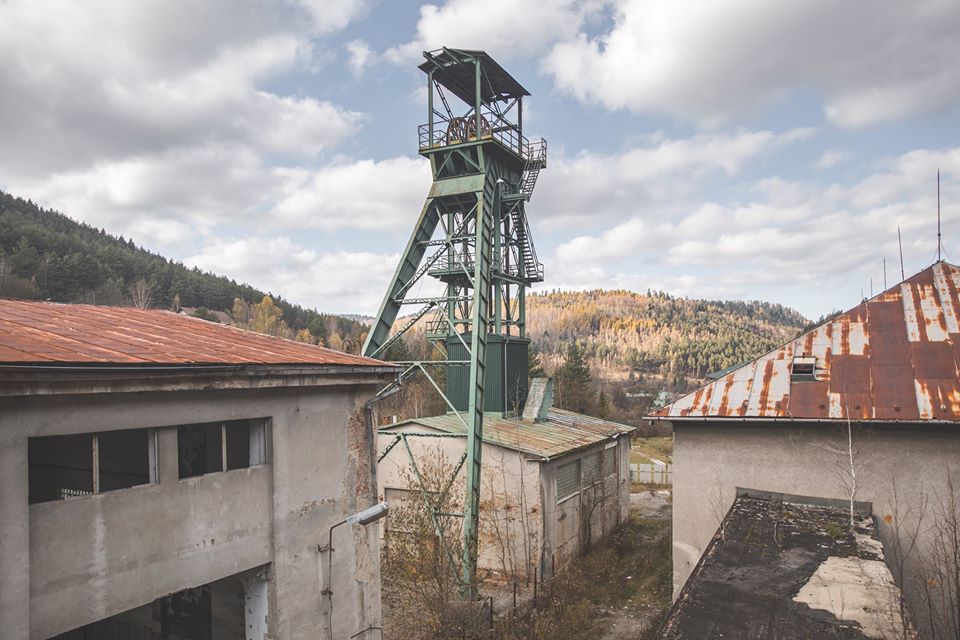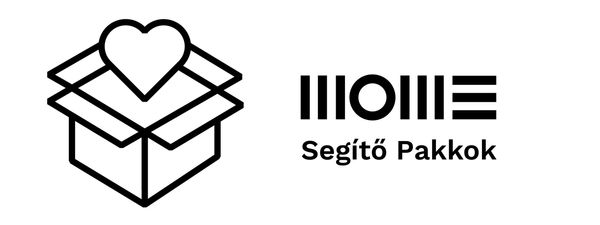Čierne diery promoting the built heritage of Slovakia grew out to be one of the most popular initiatives of the country in only a few years. Old industrial buildings, factories, rural mansions and tunnels that we wouldn’t find on any maps even if we tried – they explore them and tell us about it. Today, they are followed by more than 40,000 people. And not by chance.
The Čierne diery brand name has already appeared on HYPEANDHYPER: we mentioned them in a previous V4 selection in relation to the work of graphic designer Ondrej Gavalda. Then, in October 2018, the founders outlined the map published a little later presenting the technical monuments of the city of Žilina while sitting in a café in Bratislava, which achieved its final form with the help of Gavalda. The Slovakian-English publication included 46 structures, and later the maps of the series presenting the technical buildings of Banská Bystrica, Trnava, Prešov and Bratislava were published, too.

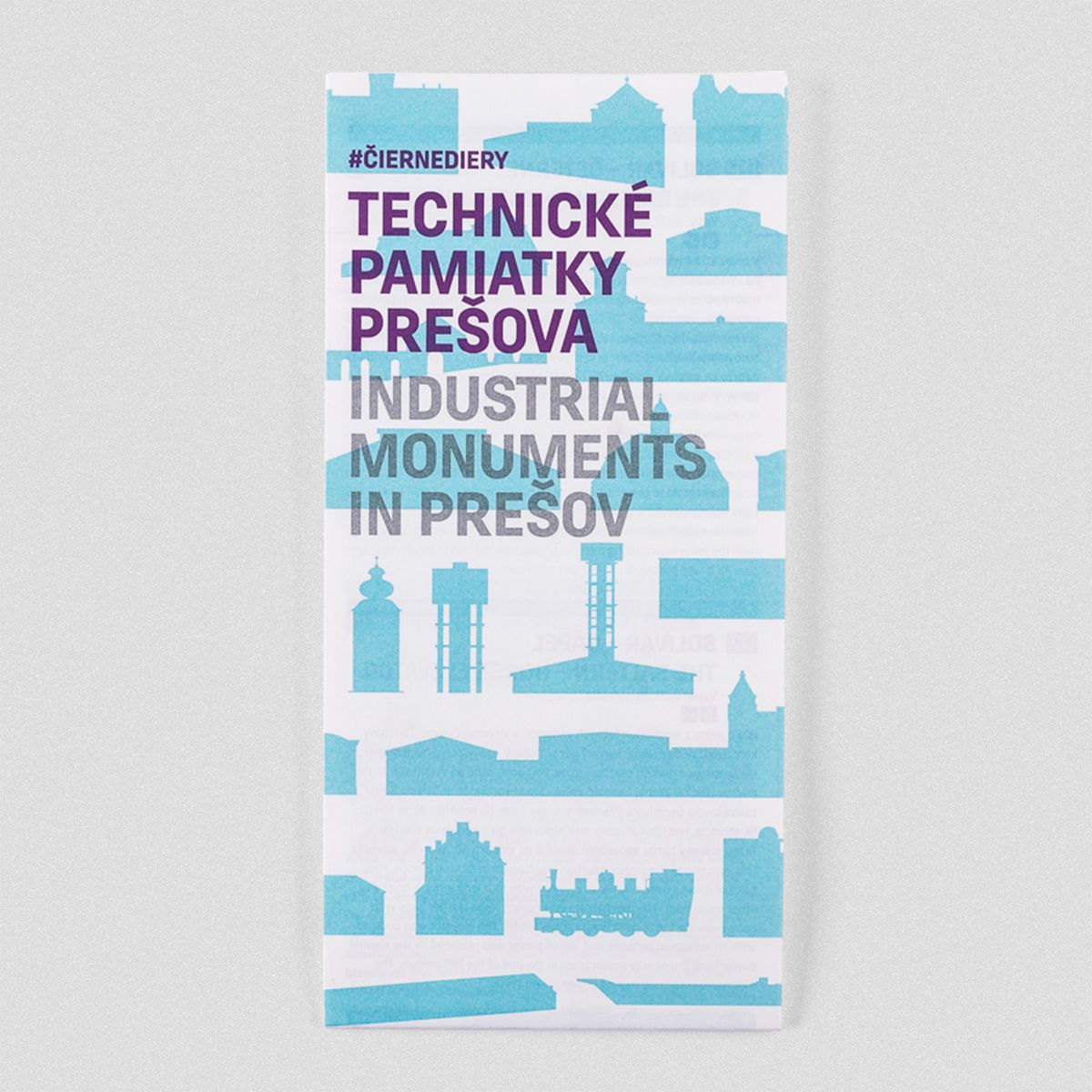
Čierne diery saw the light in November 2014, when the founders – Martin Lipták, Andrej Sarvaš and Miroslav Beňák – launched the beta version of ciernediery.sk, and the first building descriptions were born. The guys found a true niche, as there weren’t any organizations in Slovakia that focused on exploring the monuments of the country and presenting them to a broader audience before.
In the beginnings, the initiative started off as love project – in the first couple of years, all three founders have regular professions: Miroslav worked as an architect, Andrej was an editor at a magazine, and Martin worked for the president of Slovakia at the time, Andrej Kiska, and was in charge of social media content. Neither of them consider themselves “professionals”, only enthusiastic amateurs, but it seems the passion and obsession of the trio was enough to grow Čierne diery (meaning “black holes”) into a successful brand.
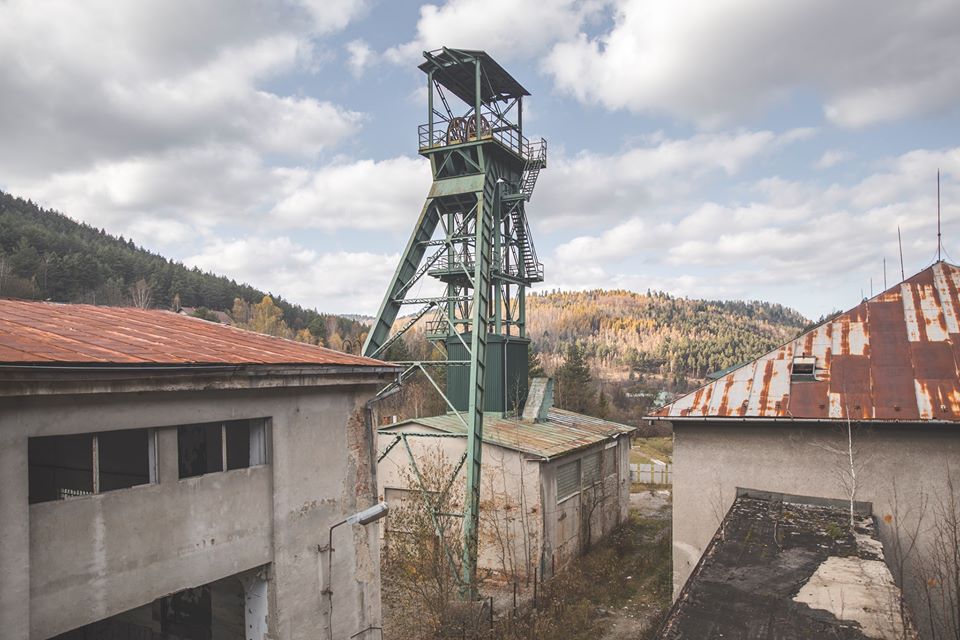

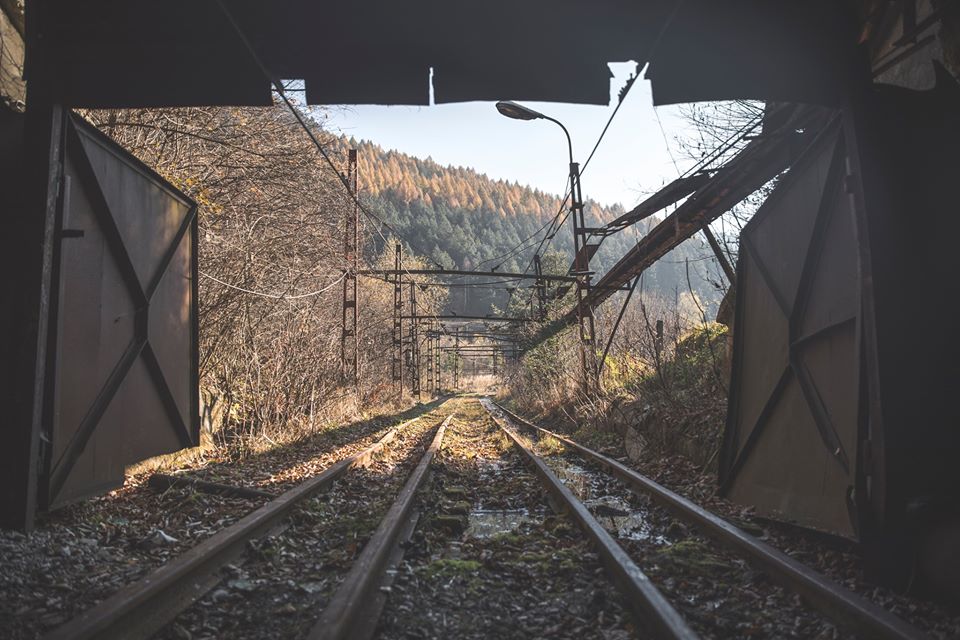
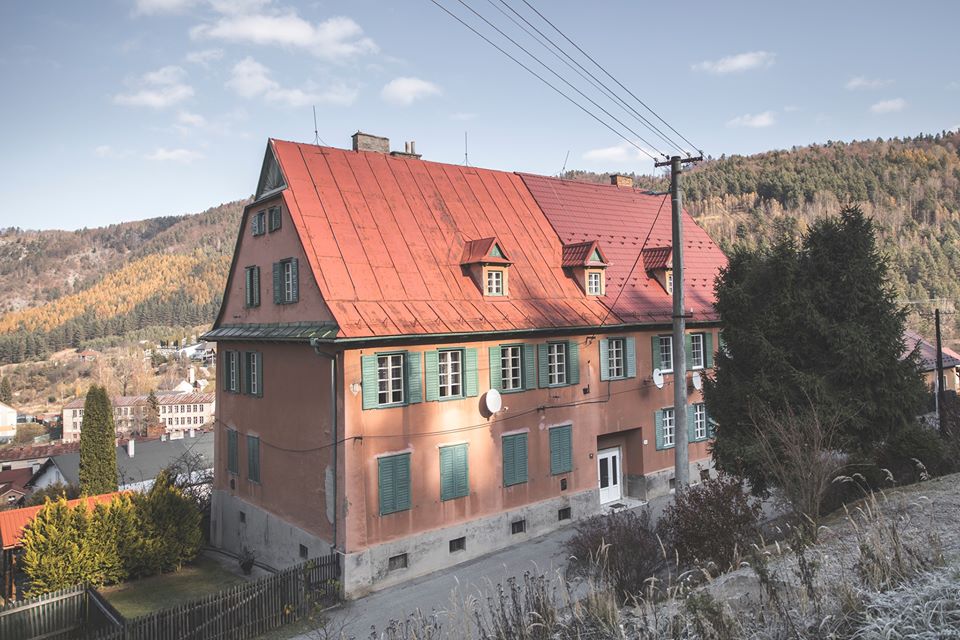
Slovakian daily paper „Denník N” ran their report made about the sugar factory in Trnava in the spring of 2015, and a few weeks later, almost 18,000 people read the material made about the building of Cvernovka in Bratislava (a former chemistry school, which has become a preferred spot for young people – the Ed.) on the website of the paper. They also launched their Facebook page in 2015, where they have more than 40,000 followers today.
Of course, Čierne diery’s activity does not stop at telling the stories of abandoned plants and factories to readers, although they managed to address the most people by presenting this collective past, undoubtedly. If needed, they fulfil an active role not only in promoting the structures, but also in saving the monument buildings. How? During the summer of 2015, they collaborated with graphic designer Michal Tornyai and his risograph, and so the production of numbered graphics and publications could start right away.

The prints capturing iconic buildings are made by graphic designers appointed by Čierne diery, and a part of the revenues generated from the copies sold is spent on saving and restoring the endangered buildings. Anyone wishing to get hold of such a print must be on guard: the pieces published in the online store are usually sold in an instance. There was also a time when people were standing in long lines in front of the booth of Čierne diery at a design fair in Bratislava four hours before opening to get their hands on one of the limited copies (this is not just an urban legend).

For those who would like to get a drawing by all means in some way or another, we recommend the Bagbet brand: Čierne diery offered the prints with some flaws to the Slovakian fashion designer, who is a big believer of recycling, and if you purchase from them now, the selected piece of clothing will arrive in a truly unique packaging.


Another unbelievable story is that of publishing their own book: the 1000 copies of the 400 page long volume presenting the industrial monuments and forgotten spots of Slovakia were sold out in only 9 hours, and then came the 2000 copies of the second edition, which lasted for 3 days. The third edition was also available in bookstores, and all the copies were sold within a short period of time (Michal Tornyai was in charge of the graphic design of the book, the photos were taken by Andrej Sarvaš, and the illustrations were made by Daniela Olejník).
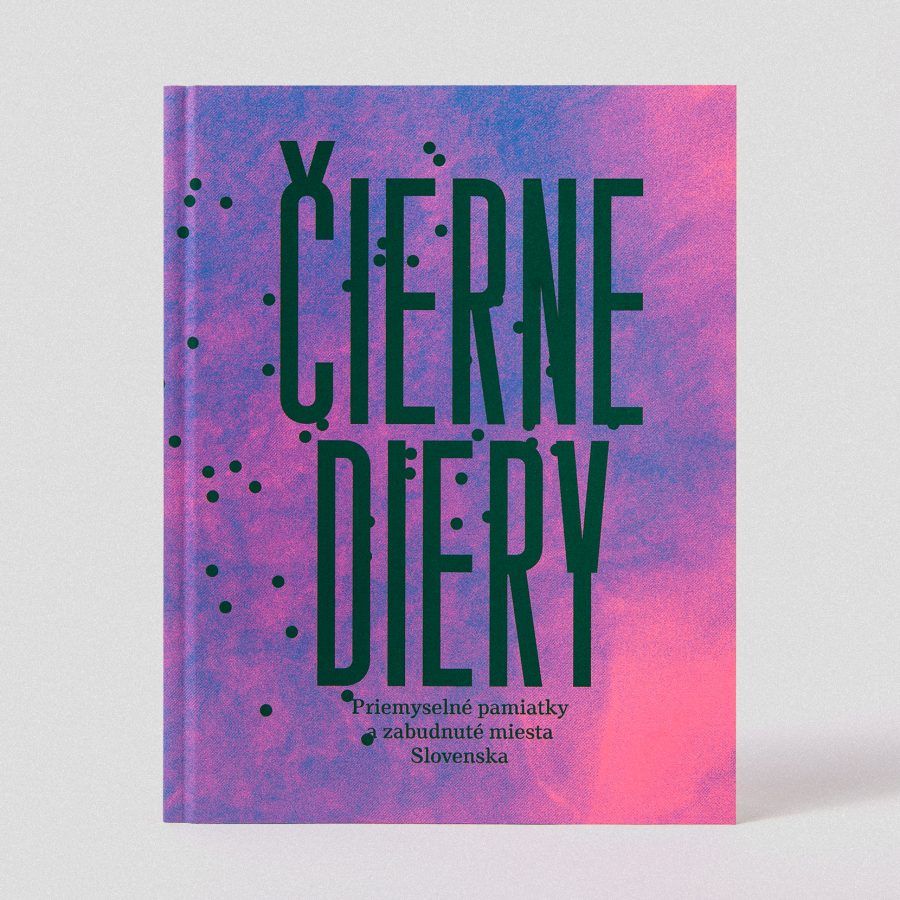
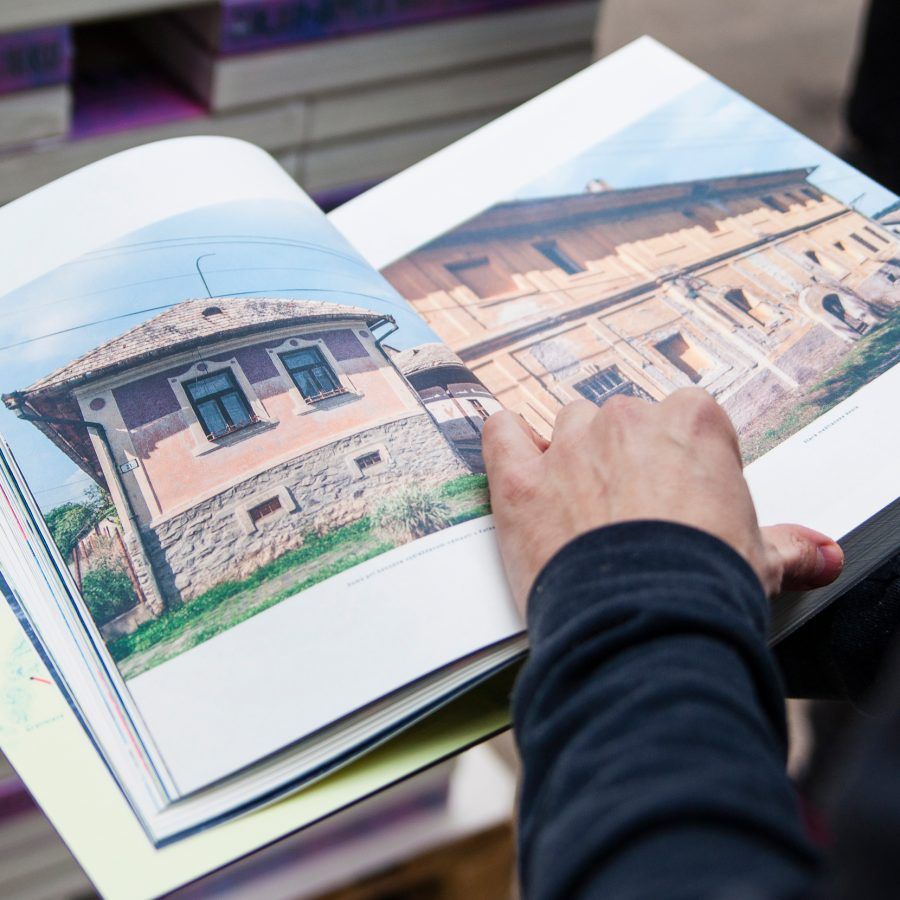
The stories of old factories, plants and abandoned rural mansions and mines is only available in Slovakian so far on their websites, which is quite a pity, because there are countless curiosities amongst them. For example, the Art Nouveau villa located in Čučma, eastern Slovakia, which was the summer residence of doctor and polyhistor Artur Maurer, a close friend of the Andrássy family. One could also mention the first paper factory of the Monarchy, founded by Johanna Gyürky in 1842, in the city of Slavošovce.

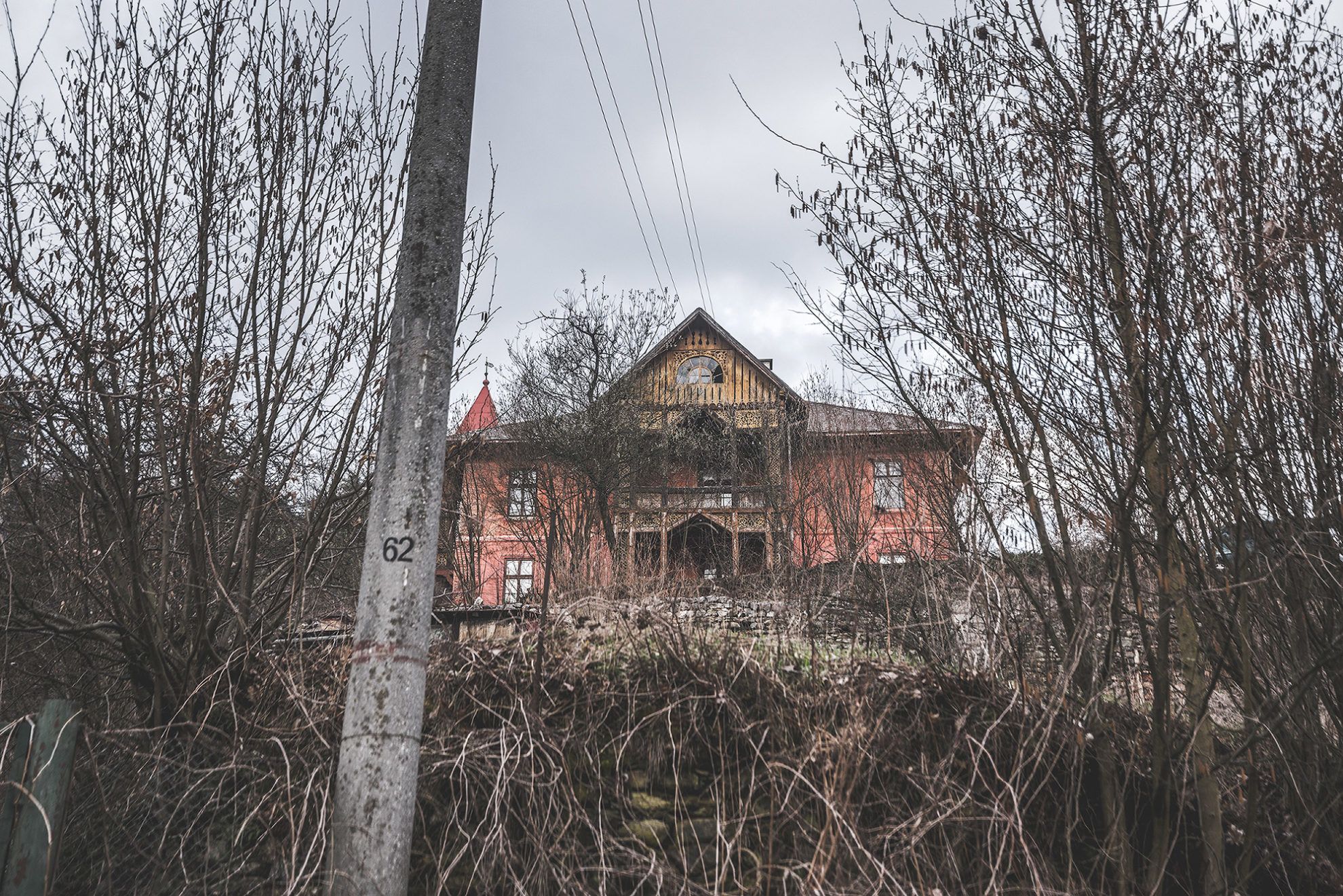
One of our favorite projects made by Čierne diery is the forest sauna in Spišský Hrhov, called to life together with the Center of Architecture and WO|V|EN architect team. They developed the project in cooperation with the residents of the settlement, and owing to the successful crowdfunding campaign, the contemporary version of the old sauna from the 1920s was built. Instead of electric power, the sauna can be heated traditionally, with wood, and it uses the water of the spring nearby for cooling. The building is not only a perfect choice for hikers crossing the spot, but also for those who would like to admire the beauty of the Spiš Castle from an extraordinary distance.
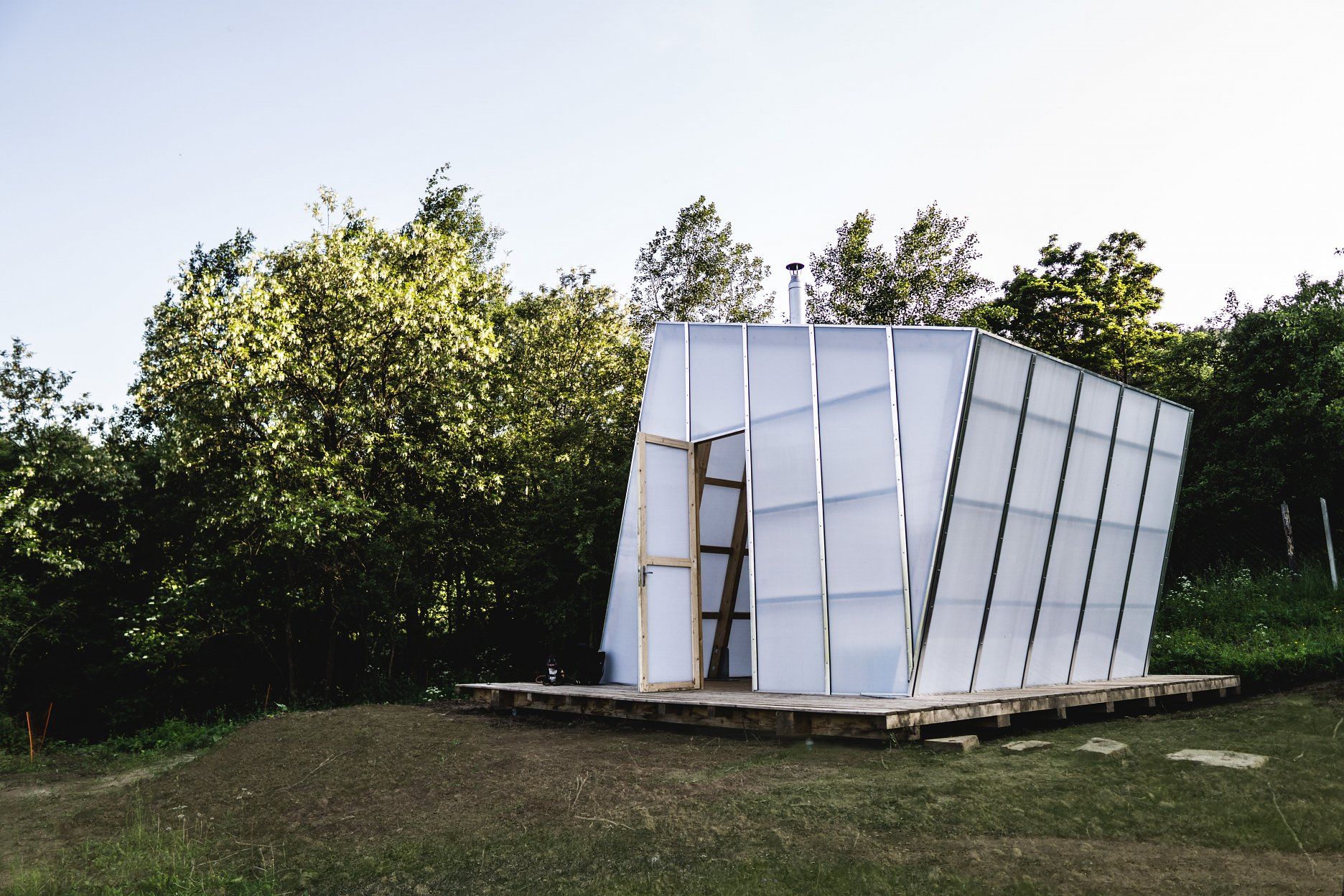

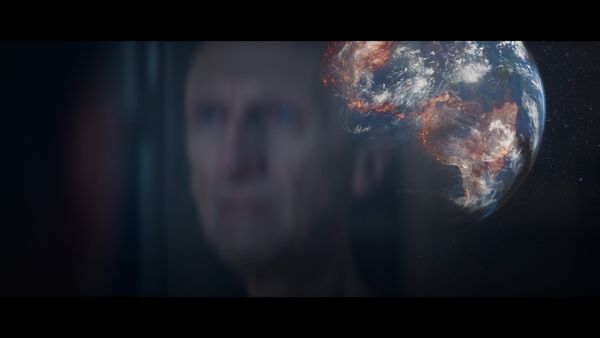
Home | Braw Production










